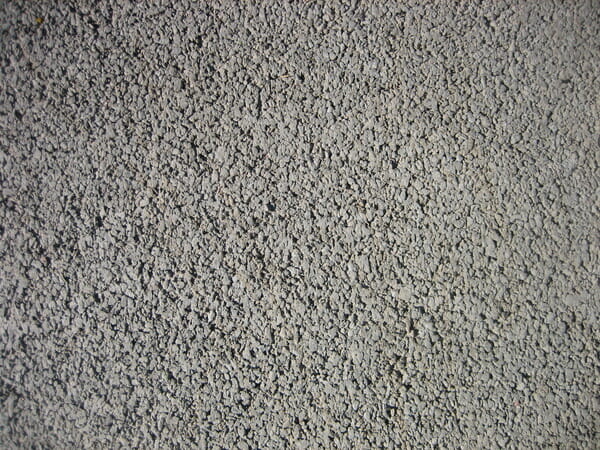Environmentally Conscious Building Practices
With an increased emphasis on environmentally conscious building practices, the use of pervious concrete in paving applications has become more commonplace.
Pervious concrete is a porous mix of carefully controlled amounts of water and cementitious materials that forms a paste and forms a thick coating around aggregate particles. As a paving material, it captures storm water and runoff, allowing it to seep into the ground. With little or no sand in the mix, it creates substantial void content. Binding the aggregate particles together with this paste effectively creates interconnected voids that allow water to drain. In effect, pervious concrete pavement itself becomes a water detention device.
- Flow rates for pervious concrete are typically around 480 inches per hour.
- 15% – 25% of the hardened concrete is typically void
Lower mortar content and high porosity of pervious concrete makes it weaker than conventional concrete, but it is still sufficient strength can still be readily achieved in many building applications.
Pervious concrete provides building professionals a number of benefits:
- Captures storm water reducing runoff
- Recharges groundwater
- Alleviates the need for retention ponds, swales, and storm water management devices
- Satisfies EPA storm water runoff regulations
- Can lower overall project costs on a first-cost basis
- Supports more efficient land use
- Among EPA’s Best Management Practices
By offering a greener alternative to conventional water management systems, providing substantial cost savings over time, and because it allows property owners to develop a larger area of available property at a lower cost, this innovative concrete building product is in-demand for construction projects all over the country.
At Knife River, we continue to evolve with the industry, providing pervious concrete and other environmentally sound building materials that give our customers choices and make the most sense for more sustainable construction in South Dakotaand the surrounding states.


